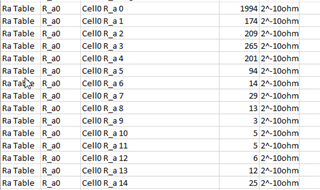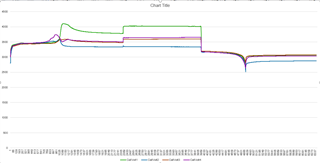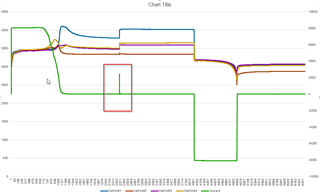Other Parts Discussed in Thread: GPCRA0
Tool/software:
Hi,
This is a 4S5P LFP pack with the capacity of 8AH. The cells has been characterized by TI, they have ChemID4207
The learning cycle was finished, the update status is 0E. But the capacity values seems bad.
Please see the config and the attached log of a full charge-up.






 Br,
Br,